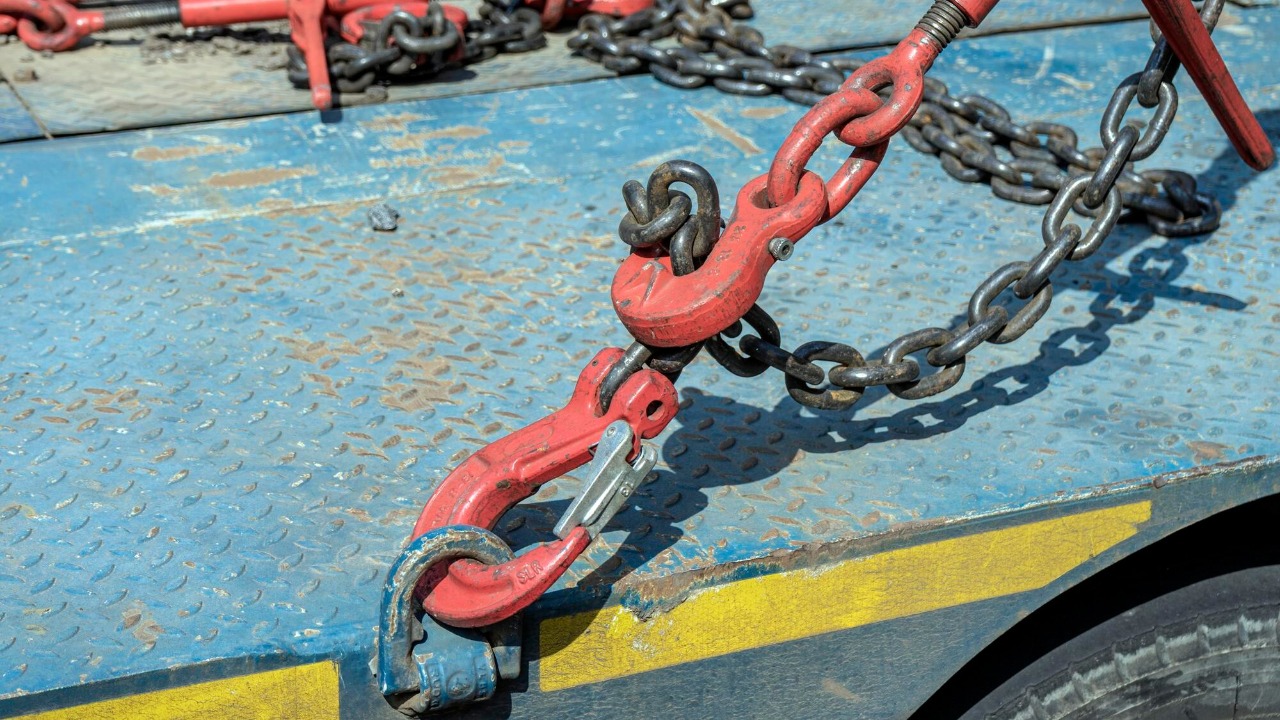
As the holiday season approaches and travel increases, the importance of trailer safety becomes a topic of discussion. Recently, a sheriff in Montana issued a reminder to residents about the significance of properly securing safety chains while towing trailers. This advice has sparked a debate about the best way to configure these chains – should they be crossed or not?
What Are Trailer Safety Chains?
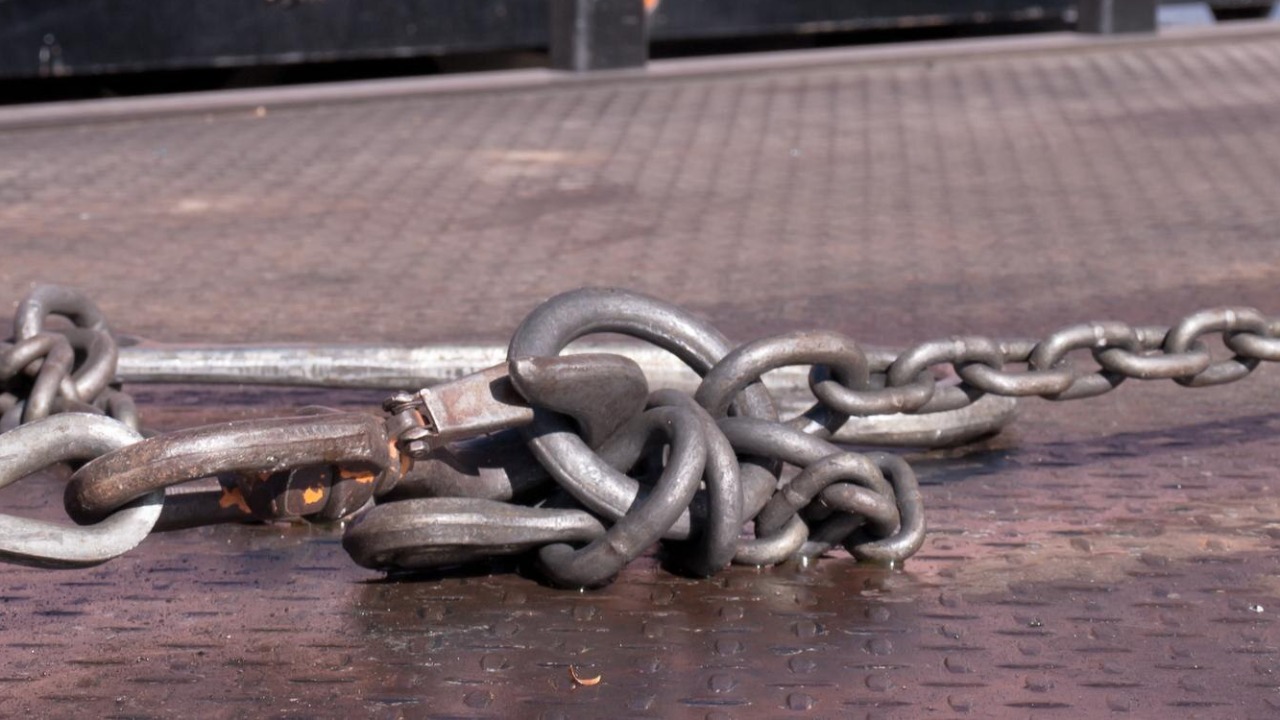
Safety chains serve as a secondary attachment between the tow vehicle and the trailer. They are designed to catch and control the load if the primary hitch fails. Typically made from robust materials like Grade 70 alloy steel, these chains are rated based on the gross vehicle weight of the trailer. There are various types of safety chains, including straight chains and those equipped with hooks or swivels. These chains attach to the tow vehicle and the trailer frame, providing an additional layer of security.
The use of safety chains became federally mandated in the U.S. in the 1970s for trailers exceeding a certain weight threshold. This regulation was implemented to enhance road safety and prevent dangerous detachments of trailers from their tow vehicles (Soundings Online).
The Role of Safety Chains in Preventing Accidents
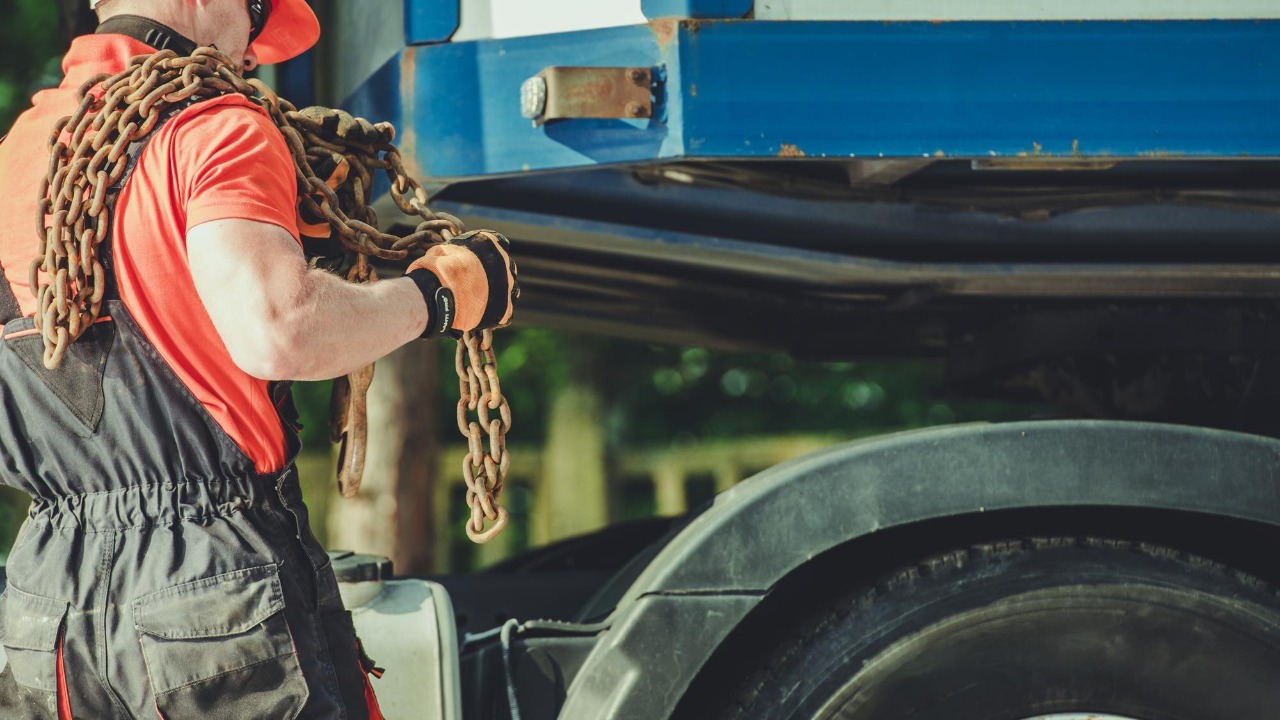
Safety chains act as a backup system, keeping the trailer connected to the tow vehicle and reducing the chance of it becoming a runaway hazard on highways. There have been numerous real-world scenarios where unsecured or improperly configured chains have led to accidents, including jackknifing or collisions. These incidents underscore the importance of properly securing safety chains.
The sheriff’s reminder to secure chains ahead of busy holiday periods is particularly relevant for high-traffic areas like Montana’s roadways. Ensuring that safety chains are correctly configured and secured can significantly reduce the risk of accidents (KTVQ).
Crossing Trailer Chains: The Traditional Method
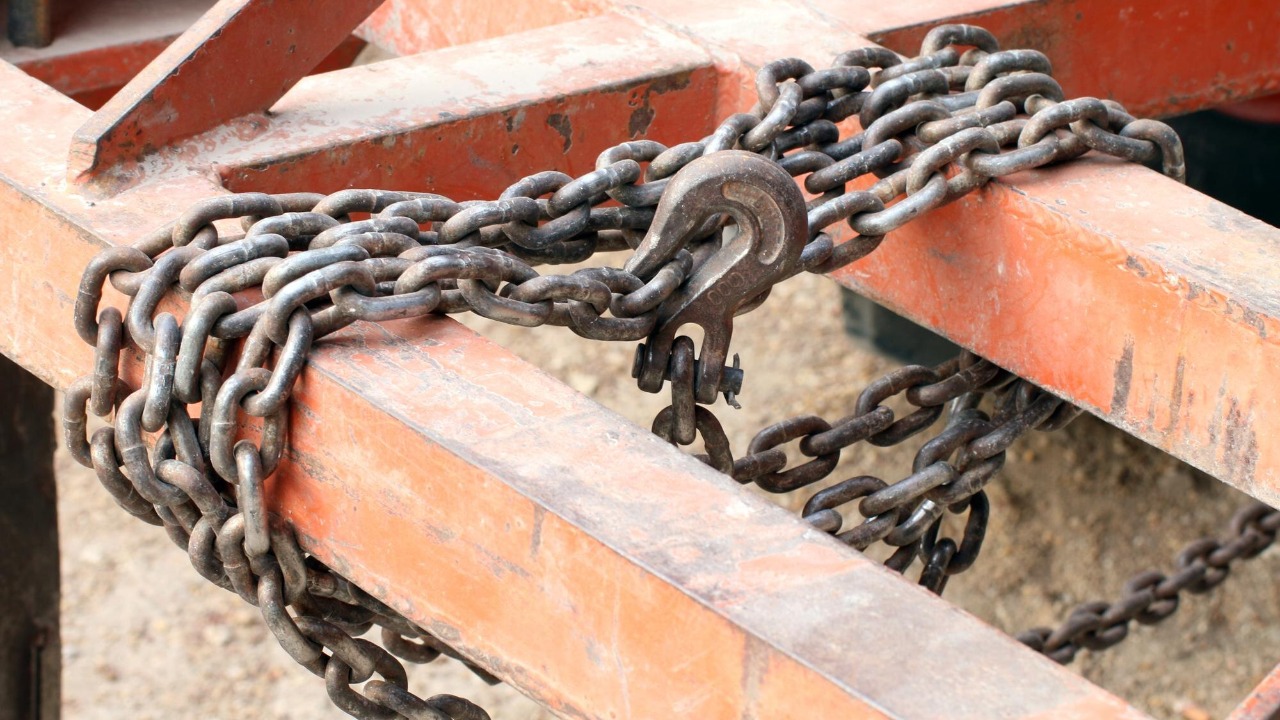
The traditional method of securing safety chains involves crossing them under the tongue of the trailer. This configuration forms an “X” shape that can cradle the tongue if the hitch breaks, potentially preventing the trailer from dropping fully to the ground. The rationale behind this method is that it directs the trailer’s movement back toward the tow vehicle, rather than allowing it to veer off.
In some contexts, such as boating trailers, state regulations may encourage crossing chains for added stability. However, it’s important to note that these recommendations can vary by state and trailer type (Soundings Online).
Straight Chain Configuration: An Alternative Approach
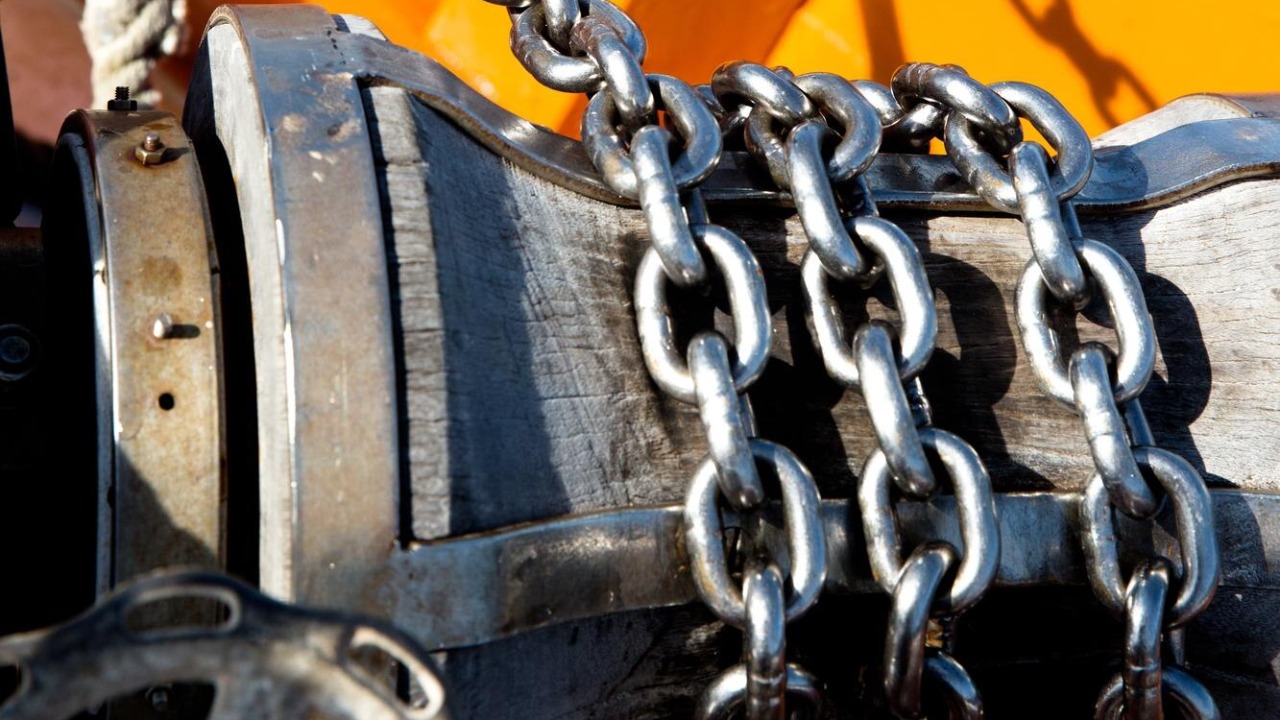
An alternative to crossing chains is to attach them parallel without crossing, keeping them short and taut to the tow vehicle. Some experts argue that this configuration simplifies reconnection and reduces wear. Potential benefits include easier inspection and less interference with the trailer’s movement during normal towing.
However, it’s worth noting that straight chains might allow more drop if the hitch fails, based on towing mechanics. This is a contrast to the crossing method, which is designed to cradle the tongue of the trailer and prevent it from dropping to the ground.
Legal Requirements for Trailer Chains Across States

Federal standards from the National Highway Traffic Safety Administration require safety chains on trailers over 3,000 pounds GVWR. These chains must be rated to support the full trailer weight. However, state laws can vary, with some jurisdictions mandating crossing chains for certain trailer types.
Given these variations, it’s crucial to check local regulations before towing a trailer. This is particularly important for recreational towing, where rules can differ significantly by state (Soundings Online).
Pros and Cons of Crossing vs. Not Crossing
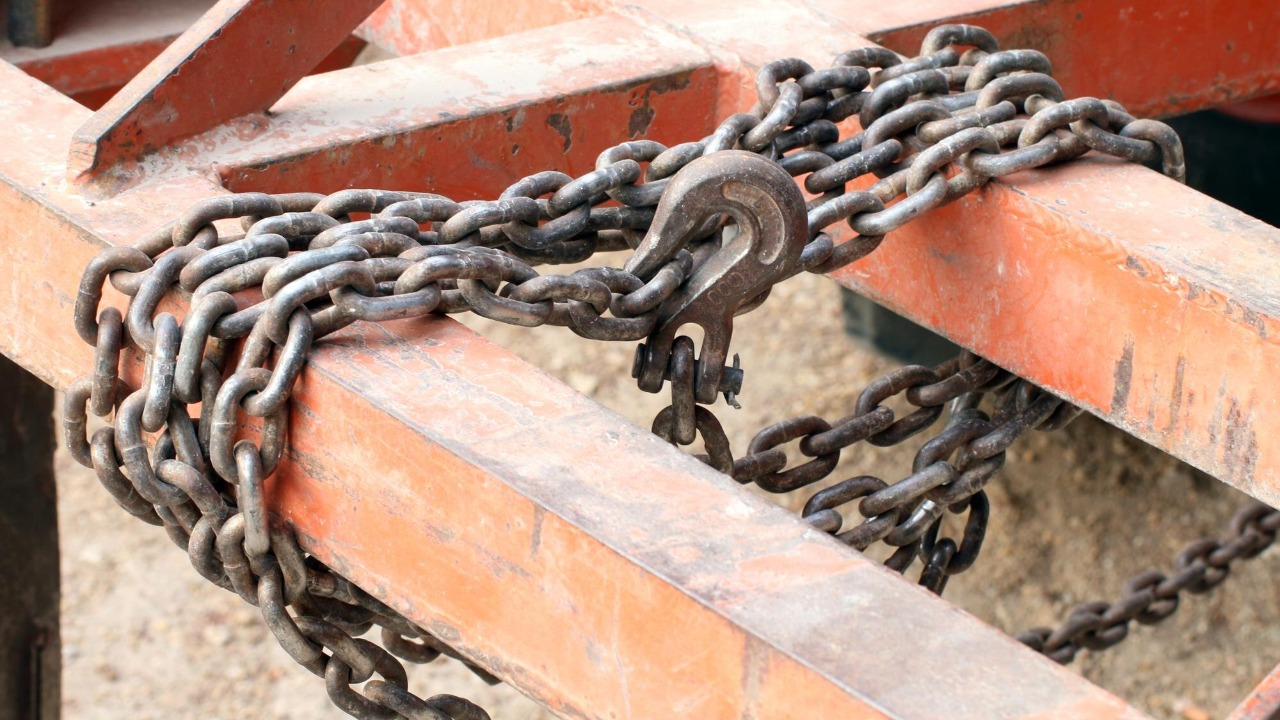
Crossing chains can offer better control in the event of a disconnect, but this method can also increase stress on attachment points and potentially cause chains to bind. On the other hand, not crossing chains can reduce complexity and align better with modern hitch designs, but it may result in higher impact forces on the ground if the hitch fails.
Regardless of the configuration chosen, it’s essential to ensure proper securing to meet legal standards, particularly during peak travel periods. This point was emphasized by the Montana sheriff in his recent reminder to residents (KTVQ).
Best Practices for Chain Installation and Maintenance
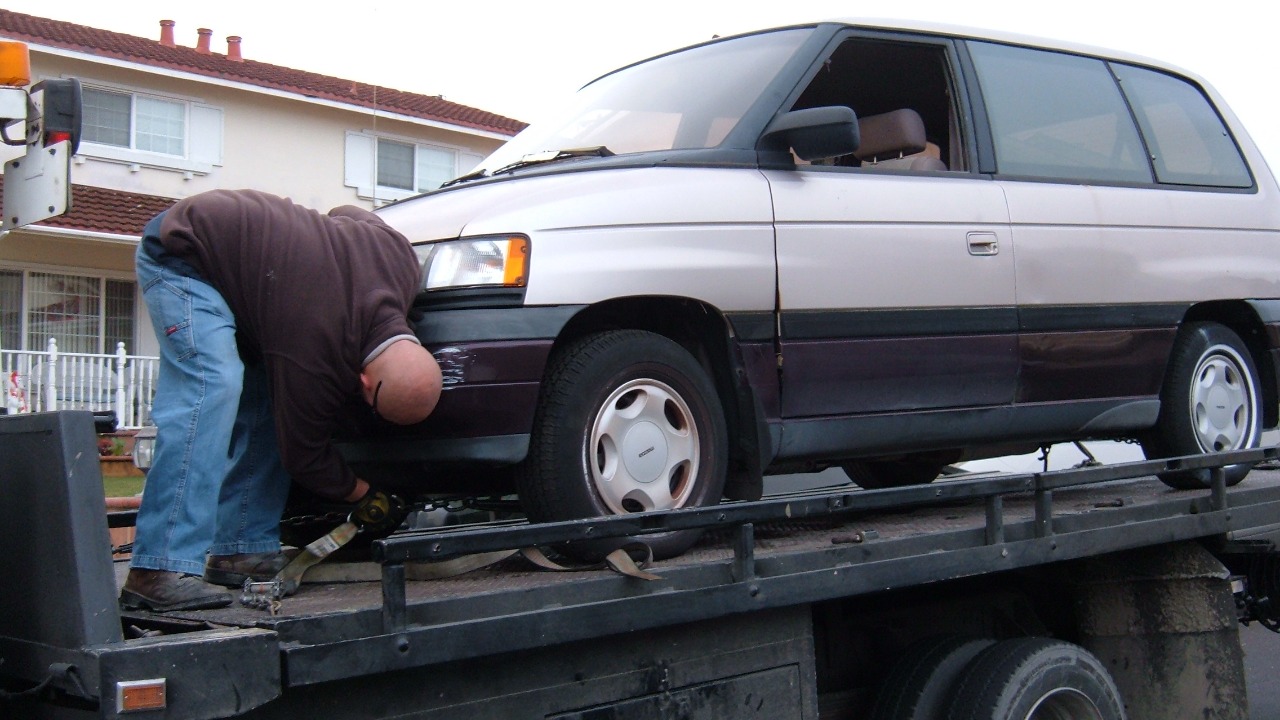
When installing safety chains, it’s important to measure the chain length accurately to avoid dragging while ensuring adequacy in the event of a hitch failure. Both chains should be of equal length. Regular inspections for rust, wear, or damage are also crucial, as is using proper hooking techniques to attach the chains to the frame rather than the bumper.
For configuration decisions, it’s advisable to consult vehicle manuals and state DOT resources. This aligns with broader efforts to raise awareness of regulatory requirements and promote safe towing practices (Soundings Online).